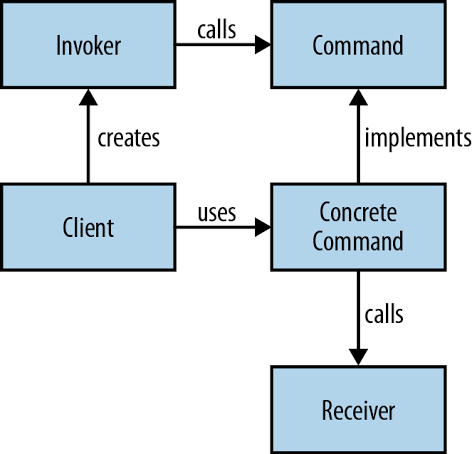"command pattern" entries

Using the command pattern with lambda expressions
Reduce boilerplate and make the intent of your code more obvious.
As Java developers we’re all familiar with the concept of Design Patterns. These are codified template solutions to problems that we may encounter when developing. We’re probably also familiar with being told by our functional programming brethren that design patterns are just “missing” language features. So the question now arises, with the introduction of lambda expressions in Java 8 and a more functional style of programming, how do design patterns change? In this article we’ll be looking at the command pattern.
A command object is an object that encapsulates all the information required to call another method later. The command pattern is a way of using this object in order to write generic code that sequences and executes methods based on runtime decisions.
There are four classes that take part in the command pattern:
- Receiver – Performs the actual work
- Command – Encapsulates all the information required to call the receiver
- Invoker – Controls the sequencing and execution of one or more commands
- Client – Creates concrete command instances

Let’s look at a concrete example of the command pattern and see how it improves with lambda expressions. Read more…